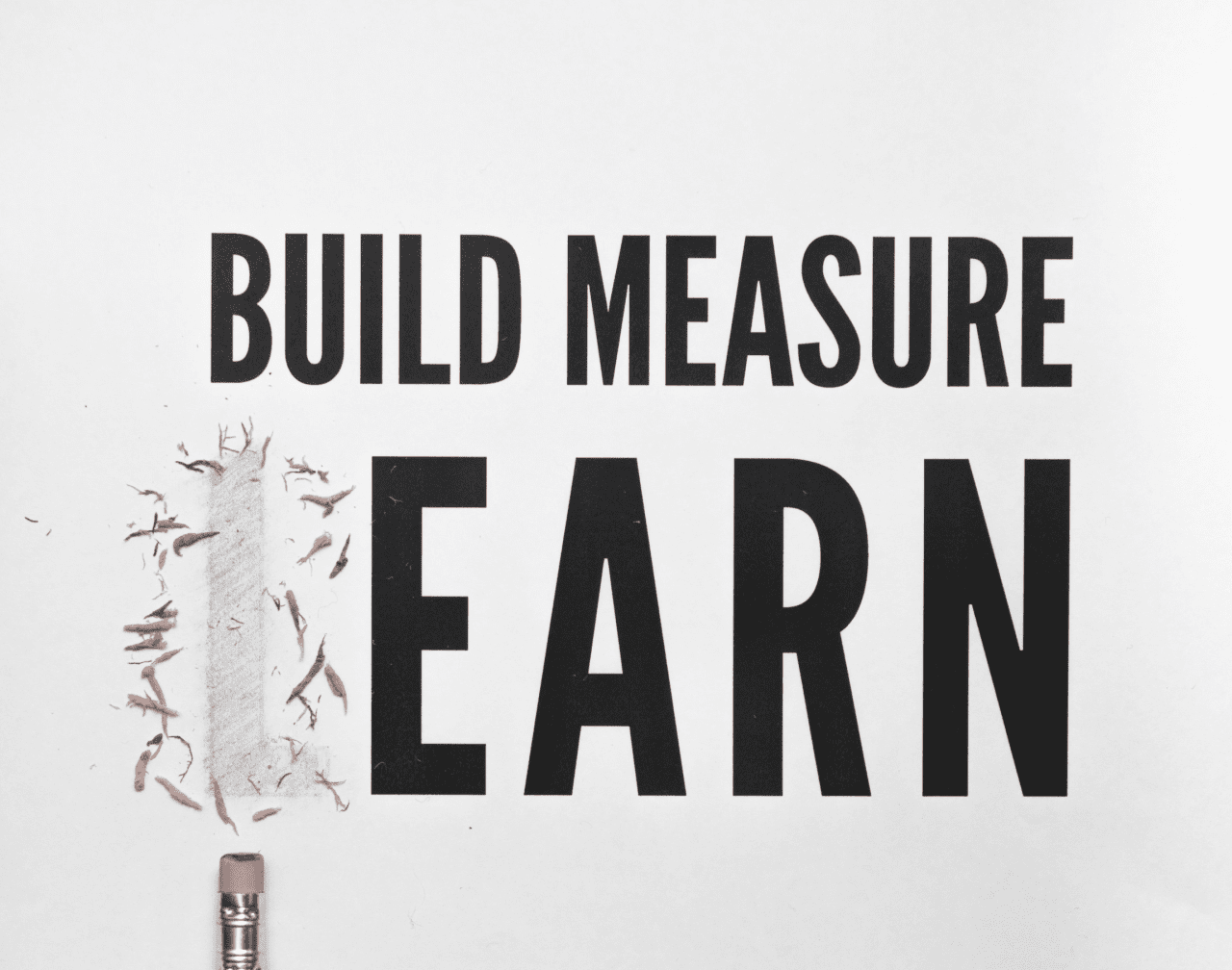The last thing anyone wants is to invest valuable time and resources into launching a new software product only to find that there is no market fit. This is why UX designers need to be familiar with the MVP (Minimum Viable Product) concept. By first designing an MVP, you can test your concept, get feedback on necessary improvements, and ultimately increase your chances of having a final product that succeeds in the open market.
What is an MVP?
An MVP (Minimum Viable Product) is the simplest version of a product with its essential features, usable by early customers who can then provide feedback for future improvements. In simple terms, it is the most basic thing you can build that provides value to the customer.
It is important to note that providing value for the users is at the core of the MVP strategy. So your product has to help the users achieve an end goal at every stage of the iteration process.

The benefits of using an MVP approach to design
- An MVP allows you to test the viability of a product without having to use the vast amounts of resources required to create the actual product.
- By focusing on only the most basic features of the product, you reduce the number of wasted hours spent by the development team.
- Taking advantage of this approach helps avoid lengthy and unnecessary work for the product team, as it allows them to receive feedback early on and make improvements quickly.
- An MVP allows you to get a clear understanding of what the users expect from the product. Your users will let you know which features and functionalities matter to them and which ones should be improved.
- An MVP allows you to establish an early relationship with the clients. Consequently, you can better communicate with your clients and establish a clear direction for your product.
How to build an MVP?
Now that we have established what a minimum viable product is and its benefits, let’s go through the steps involved in building an MVP.
Step 1: Identify your market and business needs
Before starting the MVP development process for an idea, you need to ensure that it fulfills the target users’ needs. Start by identifying your market and business needs. This can be done by conducting surveys. The more understanding of the market you gain, the better your chances of succeeding. This is also an opportunity to find out what the competitors are offering and how your product can stand out.
Step 2: Ideate on value addition
In this phase, you should seek answers to questions such as: What value does this new product offer the users? Why would they use it? What problem does the product solve?
When you find the answers to these questions, you have defined the value proposition of the product.
Step 3: Map out user flows & journey
User experience is vital to the MVP strategy. You need to design the product in a way that is convenient for the users. Therefore, defining the user flow is very important. To define the main user flow, start by defining the process stages. This involves explaining the steps required to reach your product’s end goal. Don’t worry about figuring out specific features at this stage, focus instead on the most basic steps that users take to accomplish their goals.
Step 4: Define the feature list
Next is defining the features for each stage. Start by creating a list of particular features for each stage. When you have a list of all the features, you can start prioritizing them. To do this, ask yourself the following questions:
- What is the main goal the users want to accomplish? (This would be the main feature)
- What other features do I want to offer? (Make a list of them and cross out the least important ones.)
Step 5: Exercise B.M.L. (Build, Measure, and Learn)

Build
Once the main features have been decided upon and the market needs have been clearly defined, the development team can start building the MVP. Note that this is not the final product. The main focus here is on creating a product that is usable and can be tested.
Measure
After building the MVP, the next stage is usability testing. This will help the team gain valuable data that can be measured. Metrics such as error rates and time on task are measured against a predetermined benchmark. This not only helps to understand what’s happening for the user but also informs the next steps.
Learn
Following that, the business conducts a thorough review. That is, collect the reactions of the users to the product. From the feedback, they can determine the product’s acceptability and competitiveness in the market.
Conclusion
With so many software products being launched yearly, you want to ensure that your product idea has the best chance of success. Therefore, it is important to include MVPs as part of your process. Besides ensuring that your product meets user needs, MVPs also minimize the risk associated with launching a new product, thereby saving you unnecessary headaches.
P.S. Checkout this MVP Case Study by Surgyy Design








